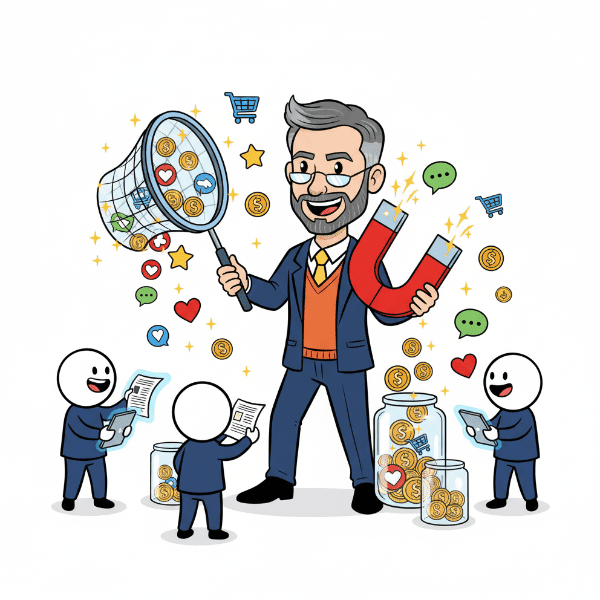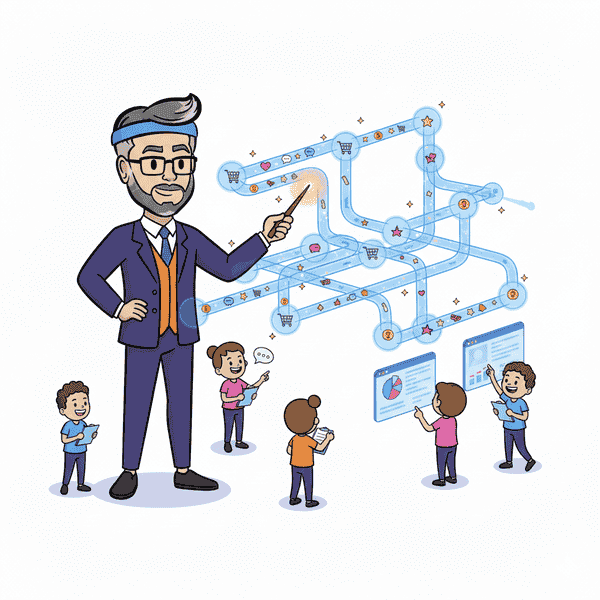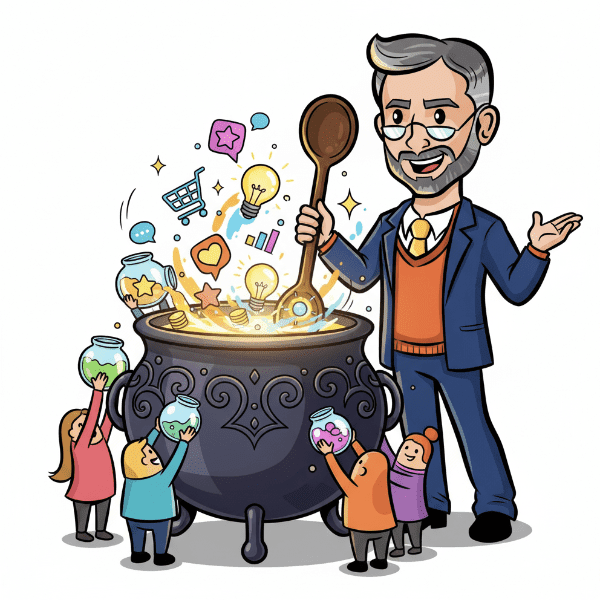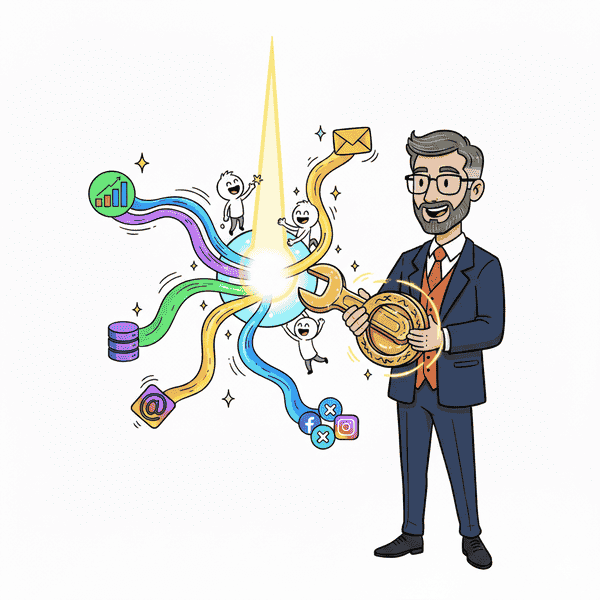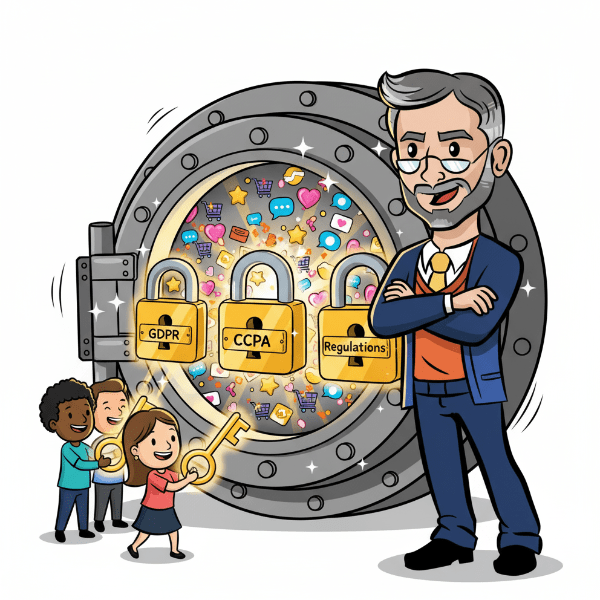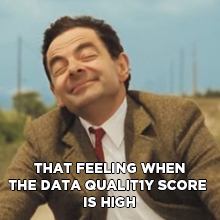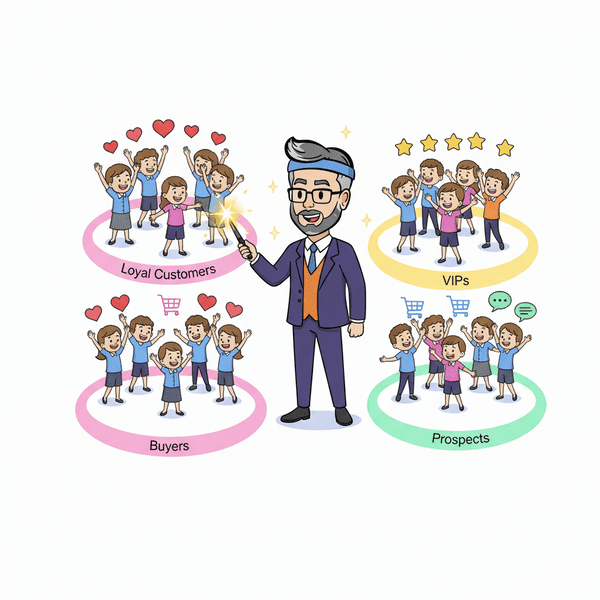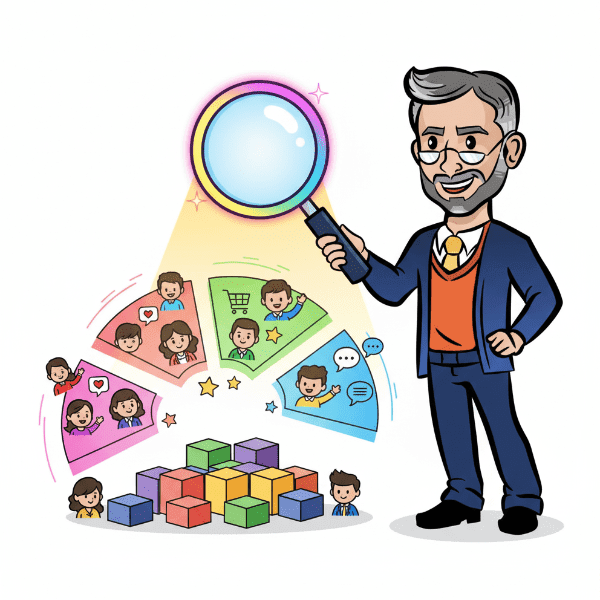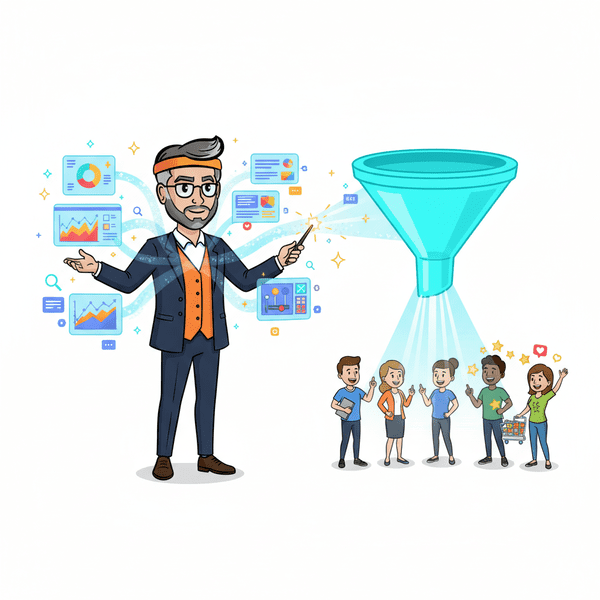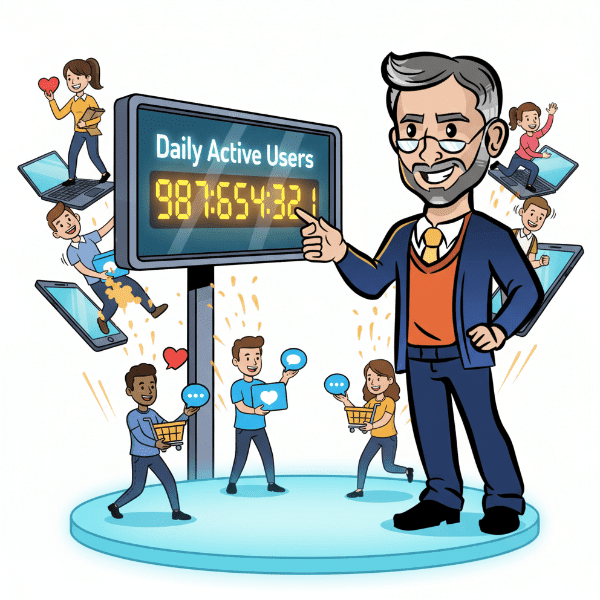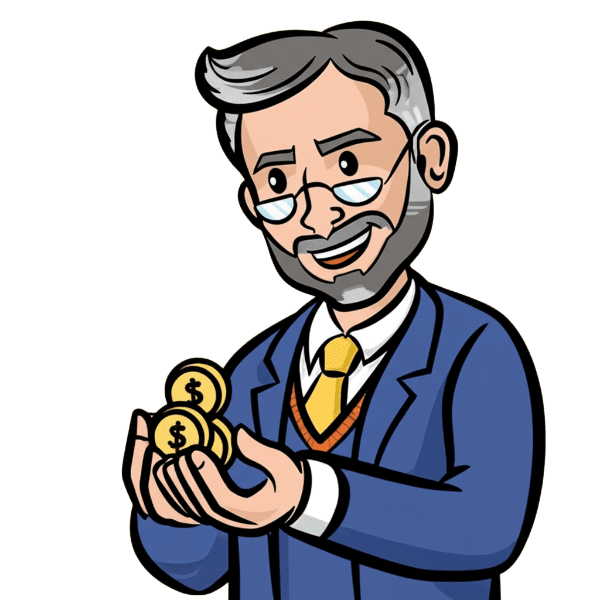Definition: A decision maker is a person within a business or organisation who has the authority to approve actions, allocate budgets, or make final purchasing decisions. In marketing and sales, identifying the decision maker is crucial for targeting efforts, as they are the ones who ultimately say yes or no to a proposal, contract, or investment.
Use it in a Sentence: The sales team tailored their pitch to the company’s decision maker, focusing on ROI and long-term business impact.
Benefits of Targeting the Right Decision Maker

- Shorter Sales Cycles: Engaging directly with the decision maker means fewer internal delays, approvals, and back-and-forth emails.
- Higher Close Rates: When you speak to the person who can actually say yes, your chances of closing the deal increase dramatically.
- More Strategic Conversations: Decision makers focus on ROI, outcomes, and impact—not just features. This elevates the quality of your pitch.
- Stronger Customer Relationships: Starting with the right contact builds trust early and sets a strong foundation for long-term collaboration.
- Better Resource Allocation: Your team can spend more time on qualified leads and less time chasing prospects who lack buying authority.
Key Traits of a Decision Maker:
- Budget Authority: They have control over the budget or significant influence in how it’s allocated.
- Final Sign-Off: They approve contracts, make purchasing decisions, and often lead vendor selection.
- Strategic Focus: Their priorities are big-picture: revenue growth, cost savings, operational efficiency.
- Time-Conscious: They don’t waste time—your pitch needs to be direct, outcome-oriented, and well-researched.
How to Identify and Reach the Decision Maker
- Research the Org Structure: Use LinkedIn, company websites, and tools like Apollo or Lusha to map out who holds power in a department.
- Ask Smart Questions Early: During initial calls, ask who else should be involved in the conversation or who ultimately signs off.
- Craft Executive-Level Messaging: Focus on KPIs, ROI, and how your offer impacts business outcomes—not just features or specs.
- Use Referrals or Warm Intros: If you can’t reach the decision maker directly, use internal champions to make introductions.
- Follow Up with Value: Decision makers are busy. Your follow-ups should be short, data-backed, and framed around outcomes.
More Definitions
(From the Sales & Marketing Jargon Encyclopedia)
- Custom Landing Pages are standalone web pages tailored to a specific audience or campaign, designed to drive a single focused action like sign-ups or sales.
Read More> - Cross-Platform Strategy: A marketing approach that delivers a consistent message across multiple channels or devices to reach a wider audience and improve engagement.
Read More> - Customer Advocacy: When satisfied customers actively promote a brand or product through word-of-mouth, reviews, or referrals, often becoming loyal brand ambassadors.
Read More> - Customer Churn: The rate at which customers stop doing business with a company over a given period of time.
Read More>
Useful Posts
(From the Sales Funnel Professor Blog)
- Top of Funnel: Organic Social Strategies: Learn how to build brand awareness using unpaid social media content and outreach.
Read More> - SEO Top of Funnel Strategies: Dive into organic tactics that increase visibility at the awareness stage without a paid budget.
Read More> - How to Find Low-Hanging Fruit in Sales & Marketing: Discover practical ways to identify quick wins and easy-to-implement strategies that don’t require a big spend.
Read More>





